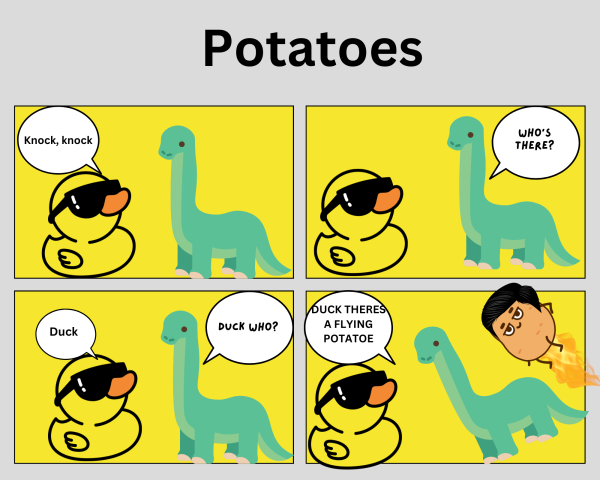Amazing Animals: Badgers
Click on picture to see clearer. European badger (left) North American Badger (middle) and African Honey Badger (far right).
April 20, 2018
Badgers spend more than half their lives underground. Knowing that badgers can live for 24 years, that’s 12 years spent underground doing who knows what! A badger lives in a sett, better known as, a den. The largest known badger sett was made by a European Badger. According to the Guiness Book of World Records, “The largest sett on record was estimated to contain a tunnel network 879 m (2,883 ft) long, with 50 underground chambers and 178 entrances.” Badgers will share their setts with rabbits, foxes, raccoon dogs, snakes, and rodents. Badgers are most commonly found in Africa, Eurasia, and North America.
Badgers are called badgers because of how the markings on their face looks like a badge was sown onto them. Black markings over white fur makes a vivid picture. Physically, badgers kind of look like they were stepped on by a giant who slowly increased the pressure of his foot. They look squashed, or flattened. Badgers have short, stubby legs with humongous claws attached to their front paws. Each foot has five toes, but four out of those five curved claws on their front feet can grow up to 1 3/4 of an inch. The purpose for those huge claws is digging. Badgers are hard to get a grip onto because of how loosely their skin is connected to themselves. Their predators such as golden eagle, coyotes, cougars, bobcats, grey wolves, and bears would have a hard time killing them. And wouldn’t walk away without a scratch. With their elongated necks, their head and teeny tiny ears, and powerful nose, they will poke into every hole, into every gap in the brush looking for food.
According to Archive, “Although optimal habitat appears to be woods and pasturelands in lowland areas, badgers can also be found in urban areas, moorlands, and coastal habitats. Free-draining banks, natural caves, embankments, and tips are often the site of setts. “ Badgers are omnivores, which means that they eat meat and plants. Badgers will eat many types of small mammals, amphibians, insects, larvae, earthworms, birds, roots, fruits, berries, and nuts. Badgers will often work with coyotes to catch their prey. The badger will chase the animal underground while the coyote waits for it to pop out the other side. Badgers also keep animal populations down. Meanwhile the European badger’s diet mostly consist of earthworms and can eat three hundred a night. Another cite says, “Their burrowing aerates the soil, breaking it up to allow air and sunlight in, nourishing plants” (Elizabeth Pace). Badgers are amazing creatures but farmer think not. Firstly, farmers believe that bovine TB is transmitted to their cattle by badgers. Which is stupid because it’s not the badgers, it’s the farmers who should be out in their herds testing for TB. You might have heard of the badger cullings in England. They pay people to trap and kill badgers. Which is sad and sickening to even think about these unneeded deaths.
Male badgers are called boars and female badgers are called sows. Little baby badgers are called cubs. Female badgers can do this thing called delayed implantation. They delay the implantation of the eggs to their uterus, so that the babies are born in late winter or early spring. When the sow gives birth, she would be deep underground in her sett. Giving birth to two to five badger cubs, who are completely dependent on their mom. Sometimes sow will carry her cubs one at a time to another sett to protect them better. Baby badgers mature quickly and leave the sett at six months of age. Completely ready for the world.
Badgers are cute, fierce, and amazing animals. They are seriously adorable with their unique markings and adorable little bodies. I hoped you learned something and will read more of my Amazing Animal articles!







